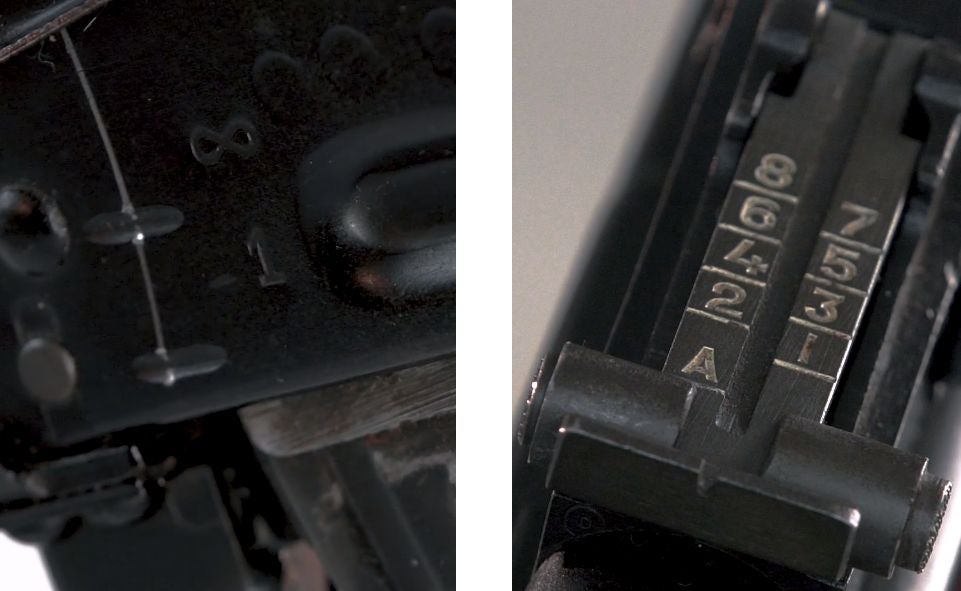The AK vs AR Debate gets just as crazy as the glock vs 1911. In the end they are both great weapons that serve their individuals purposes. Here’s some useful info on the Hungarian AK variants.
Kalashnikov Media has started a video series called “Kalashnikov: Around the World”. The purpose of these videos is to tell about the Kalashnikov rifles made in different countries of the world. This video series consists of short videos briefly teasing separate rifles (like AMP-69 that we posted about earlier) and more comprehensive ones in a format of an interview where Vladimir Onokoy, the technical consultant of Kalashnikov Concern, is the host and Pavel Pticin, the founder of ak-info.ru website, is the guest.

Images by Kalashnikov Media and Vladimir Onokoy
The interview videos start with ones telling about Hungarian AKs. You can find below the link to the Part 1. Watch the video first then let’s discuss what we learned from it or read the article then watch the video for a more in-depth information. The video is partially in English and the part that is in Russian has English subtitles.
https://kalashnikov.media/en/media/videolibrary/4516678
Hungary was one of the first countries besides the Soviet Union to start manufacturing AK rifles. Hungarian specialists (along with Chinese and Czechoslovakian ones) traveled to the Soviet Union in 1953 to learn the manufacturing technology of the rifles. The first Hungarian AKs were mass produced in 1959-1960.
The easiest way to identify the Hungarian AKs is to look at the fire selector markings on right side of the receiver. On Hungarian AKs, it is stamped “1” for single shot position and there is an infinity symbol (∞) indicating the full-auto position of the safety selector lever. Also, on the rear sight of Hungarian AKs, there is a letter “A” on the rearmost notch which is normally equal to 300-meter sight setting. Lastly, AKs made by this country have a serial number system consisting of one or two letters followed by 4 or 5 digits.

The first rifle that Vladimir and Pavel review is the AK-55, which is basically identical to milled receiverSoviet AKs.

Hungarian AK-55
Next gun is the AKM-63 with its distinctive perforated sheet metal handguard and backward mounted pistol grip on the handguard. They opted to use the same part as a pistol grip and front grip to make it cheaper, easier and faster to manufacture the rifles. These rifles are based on the Soviet AKM and have stamped receivers.
In the early ’60s Hungarians also made a version of this rifle with polymer furniture. This first attempt of using polymer parts was a failure due to the improper polymer type used. They even had to get rid of the cleaning kit compartment in the stock in order to make the polymer stock a bit more rigid.
In 1964 they also adopted the shortened 20-round magazines which were issued to officers as well as armored vehicle and helicopter crews.

AKM-63 with wooden and polymer furniture
Vladimir Onokoy also told an interesting story involving a Hungarian AK. While he was working as an armorer in Somalia, he came across a Hungarian AK (see the images below)

that was really abused and had a poor appearance. Despite it was modified and looked terrible, it was one of the few AKs that needed no repair. That is something telling about the quality of Hungarian…


